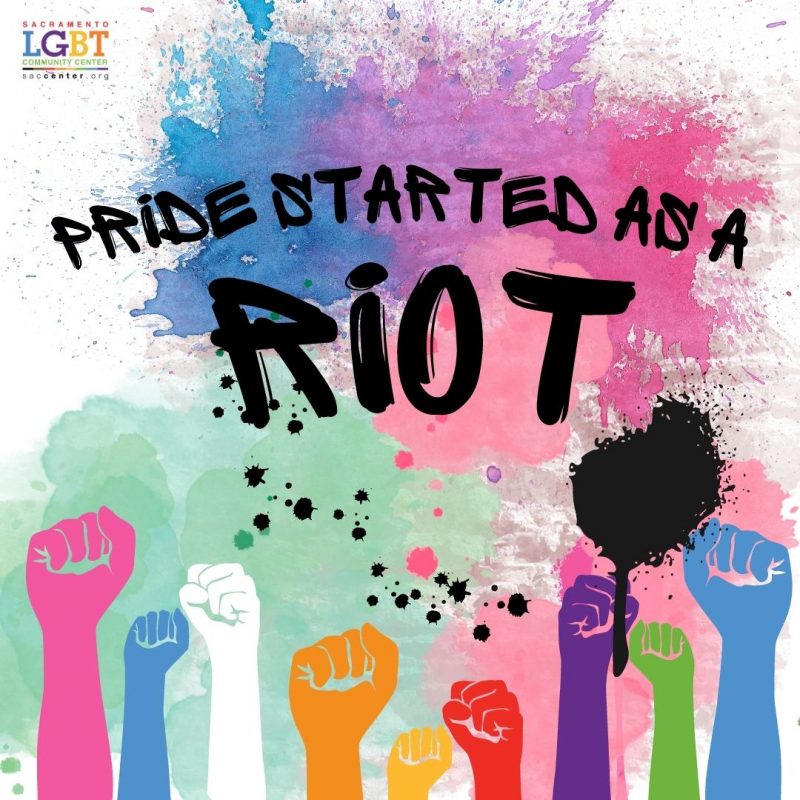Sacramento had its Pride march in response to police raiding a gay bar in the twentieth century, but very little information about it can be found online.
This knowledge gap is made all the more noticeable compared to other events. America has a long history of clashes between officers and queers: the Stonewall Inn raid (now lauded as the start of the LGBT+ rights movement), the Black Cat tavern raid in L.A. that happened two years before Stonewall, or at a string of San Francisco diners named Compton’s Cafeteria even before that.
Stonewall is so famous that it could now be fairly categorized as a legend. While it is true that police raided a bar in downtown New York City, and the response of the LGBT+ community was to stage a riot that changed the movement’s course, several factors remain arguable. If a “first brick” was thrown, was it Marsha P. Johnson or someone else, like her close friend Sylvia Rivera? Were the people on the street celebrating their queerness in open defiance, or were they taking to the streets in outrage and rebellion?
The other two incidents were a little closer to home and are more consistent in the existing narrative. While neither gained the same level of national attention that Stonewall did, they continued building the growing momentum of the queer rights movement. Programs explicitly designed to help trans people were established after the cafeteria raids, and hundreds of people organized to create peaceful protests in reaction to Black Cat. That spirit would carry on for over a decade when Sacramento first had its Pride demonstrations.
As if keeping up tradition, police raided the Upstairs/Downstairs at 1225 K Street on March 11, 1979. The first night, they only requested identification from each patron without disclosing any offense committed by the bar. But the night after, police returned to check whether the bar violated its alcohol license. The officers opened every bottle in the building, effectively destroying the bar’s stock of beer and wine.
Things picked up after that. On April 4, 1979, Governor Edmund G. Brown Jr. would sign an executive order banning discrimination against homosexuals in state employment. In July, a drive-by shooting into the patio of Bojangles, a gay bar on Folsom Boulevard. Gay-owned businesses would respond with new associations and installation dinners.
Finally, Sacramento’s first Pride parade occurred on June 17, 1979. People marched from the Way Station at 14th and I Streets to J Street, ending in Capitol Park. The theme of the march was “It’s About Time,” and reportedly consisted of equal parts celebration and activism.
That kind of mix is essential to maintain today. Remembering our history becomes imperative when that history is in danger of being lost, but celebrating where you fit into that history is critical, too.
SOURCES: Black Cat, Compton’s Cafeteria, Who Threw It? Let’s Argue, Executive Order.
Written by Communications and Marketing Intern, Elizabeth Carr

